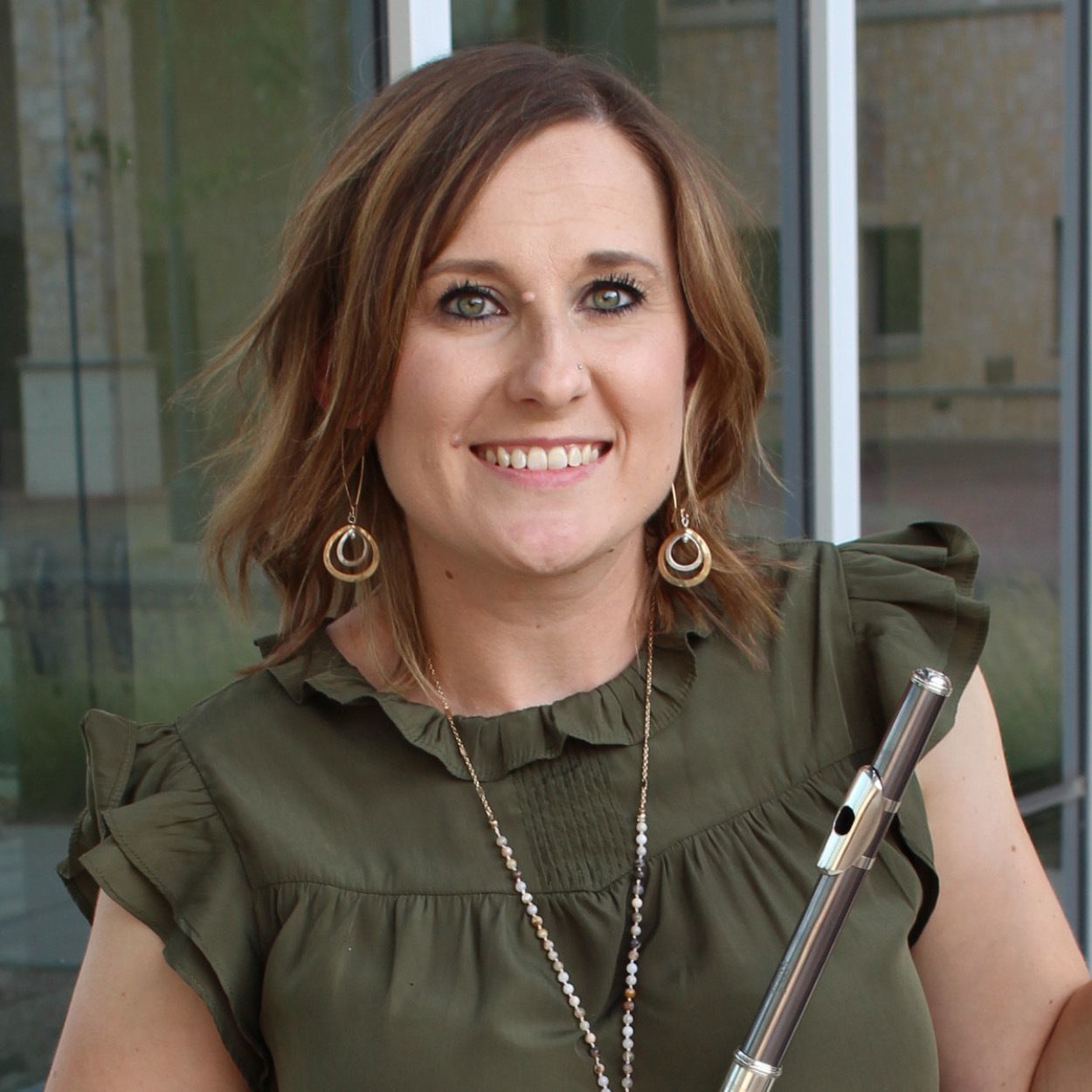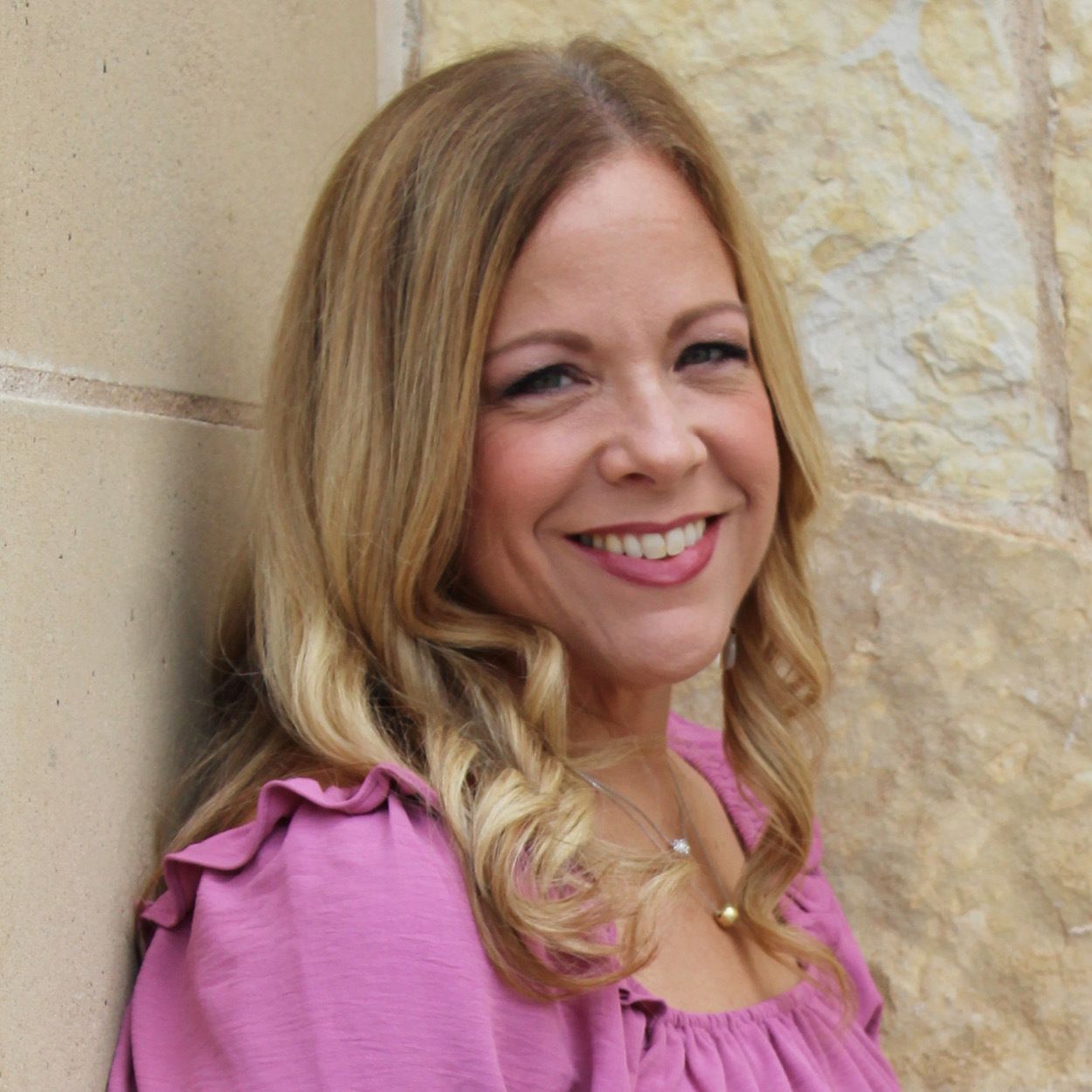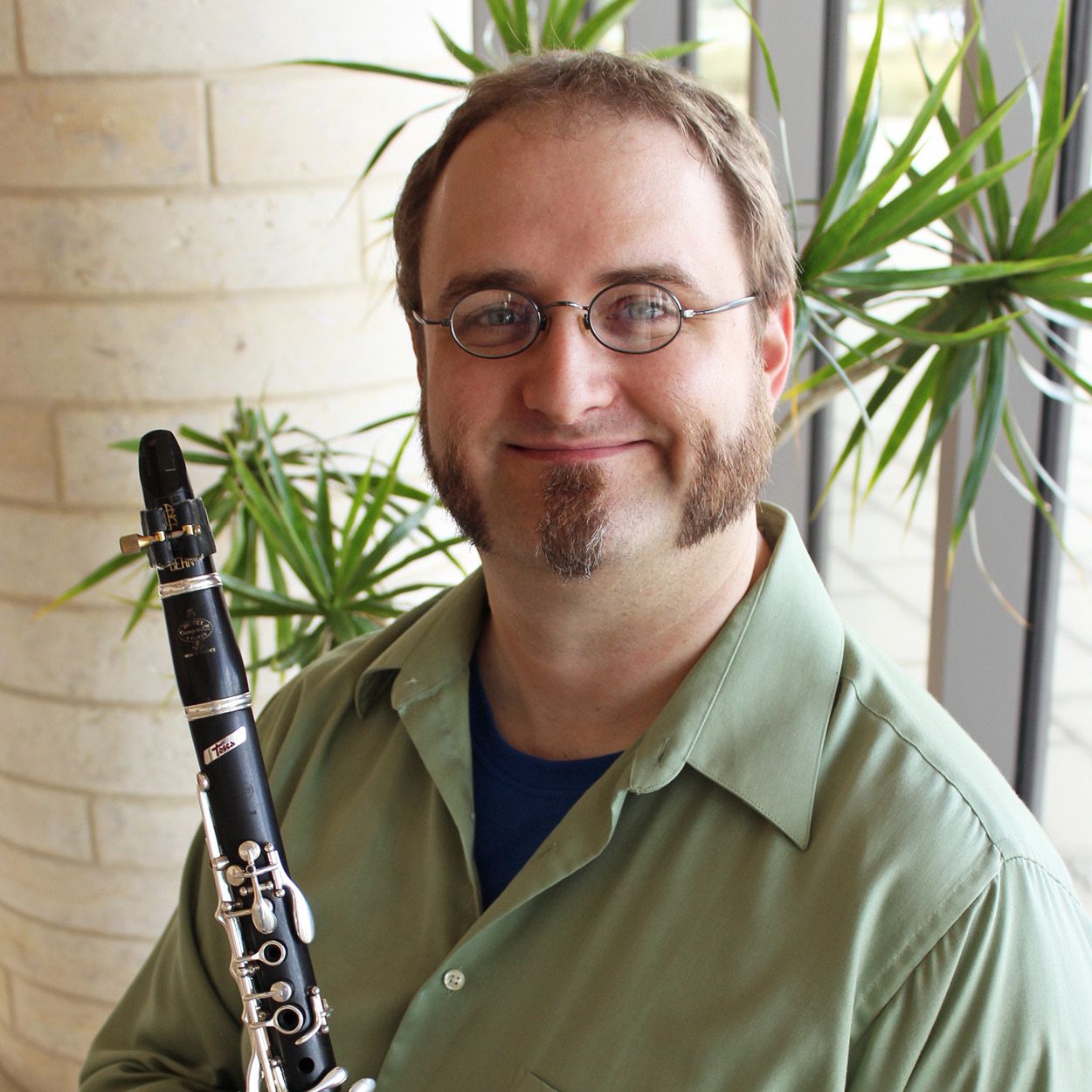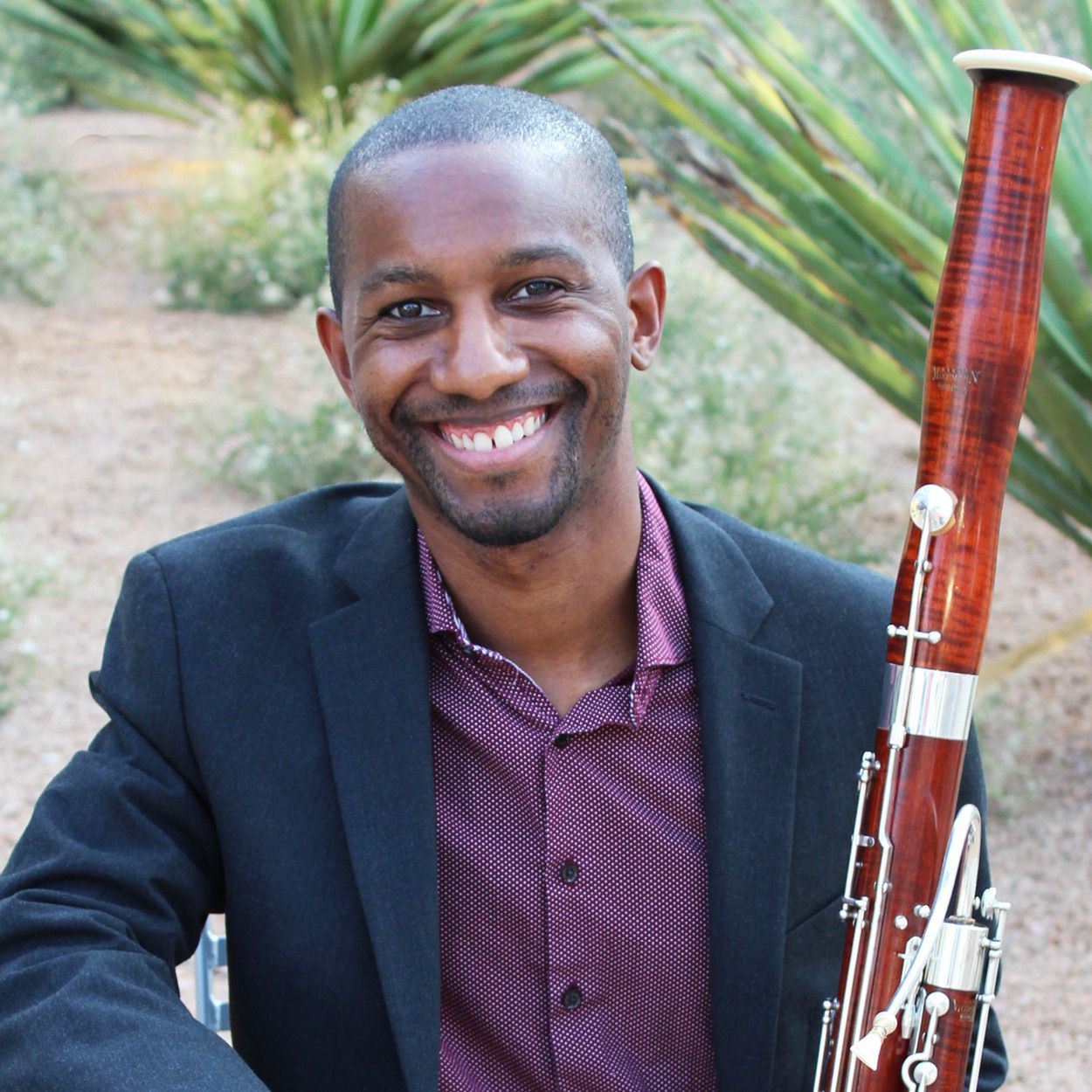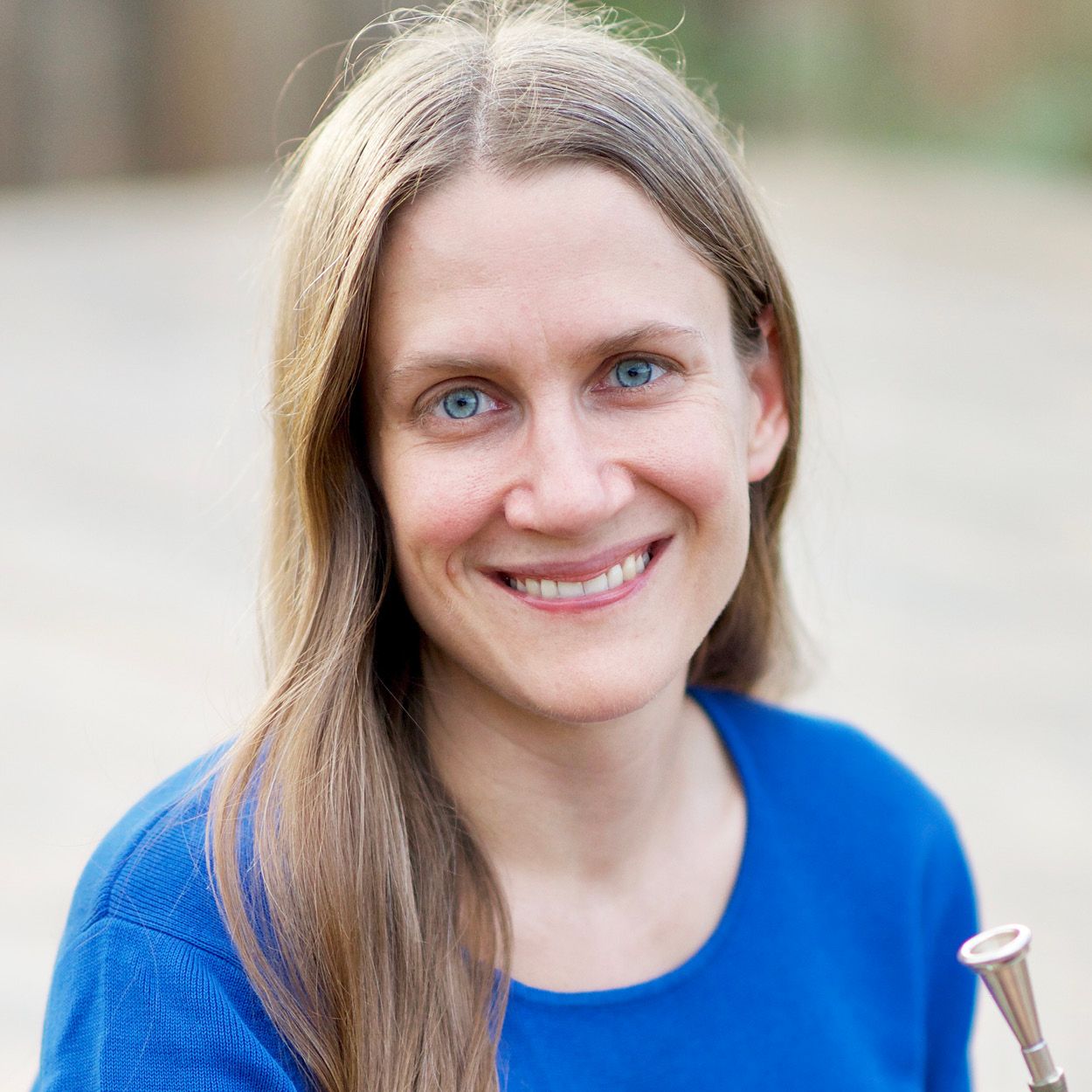MASLANKA
West Texas Winds Spring Recital
Saturday, March 22, 2025 | 5:00PM
First Methodist Midland
Petite Suite
Claude Debussy (1862-1918) arr. Gordon Davies
I. En bateau
II. Cortège
III. Menuet
IV. Ballet
Claude Debussy’s Petite Suite was originally composed for piano four hands between 1886 and 1889. Since then the work has been transcribed for many different ensembles, including an orchestra version that has become part of the standard symphonic repertoire. Debussy had a great impact on classical music and the outplay of composition in the 20th century. This impact involved a shift in harmonic language, using more tone clusters and scales that were exotic to the 18th century (whole tones, modes of melodic or harmonic minor scales, etc.), while still maintaining the idea of a "tonic" or key center. Debussy’s movement away from the strict harmonic language of Bach, Beethoven, and Brahms helped pave the way for even further departures later in the century, lending ideas that would eventually contribute even to the serial and atonal music of Arnold Schoenberg or Anton Webern.
The height of Debussy's career coincided with the impressionist era of visual art, and there was often a mutual inspiration between these two art forms. One of Debussy’s common inspirations was the poet Paul Verlaine (1844-1896). The first two movements of the Petite Suite are written with poems by Verlaine in mind, from his 1869 volume titled Fêtes galantes. The first movement, “En bateau” (Sailing), sets the scene of a nighttime outing on a small boat. A translation by C.F. MacIntyre of one stanza reads "meanwhile comes the moon and beams as the boat gaily skims briefly over waves of dreams.” The second movement, “Cortège” (Procession), is based on a playful poem in which a lady is escorted by a monkey dressed in uniform.
The last two movements of the Petite Suite, “Menuet” and “Ballet,” are not taken directly from any poems, but they are still highly reminiscent of the nostalgic moods from the volume Fêtes galantes.
Pastorale, op. 151
Mrs. H.H.A. Beach (1867-1944)
Amy Beach (Mrs. H.H. A. Beach) was the most frequently performed composer of her generation. A member of the Second New England School of composers, she was also the most gifted among them. Her extensive catalogue of works includes orchestral, choral and vocal, chamber, and instrumental solo music, and a chamber opera, Cabildo. With a few exceptions, all her works were published and performed within a short time following their creation. Beach sought out venues for creative work that brought her as close to nature as possible. During her marriage, she worked in her Commonwealth Avenue home in sight of an urban park. From 1921 to 1941, she found an ideal place to compose at the MacDowell Colony, a retreat for workers in the arts located in the southern New Hampshire town of Peterborough. There she worked in the woods with a view of Mount Monadnock in the distance.
Amy Beach’s Pastorale for woodwind quintet, op. 151, conveys by its title, instrumentation, and mood the sense of being close to nature. It was written between 16 and 18 of June 1941 during Beach’s final residence at the MacDowell Colony; thereafter, failing health forced her - most regretfully - to decline further invitations to return. This was her penultimate published work and her only composition for woodwind quintet.
In the Pastorale, Beach returns to a conservative, diatonic style, bypassing the more modernizing style she evolved beginning with the string quartet, op. 89. Using the same themes and motifs as her two earlier versions of the Pastorale, one scored for flute, cello and piano and the other for cello and organ, Beach reworked the original, creating a contrapuntal texture out of motifs derived from the theme that provides the material for all the parts. Its A-B-A form, therefore, is created not by contrasting material; rather the beginning of the B section is articulated by a change of key from G major to E flat major, accompanied by an expansion of both the range and the dynamic level. The work returns to the tonic and the original pianissimo level at the beginning for the closing A section. The result is a finely integrated work that evokes the peace of a summer afternoon in the woods.
Quintet for Winds No. 3 (1999)
David Maslanka (1943-2017)
I. Slow - Moderate
II. Moderate
III. Very Fast
David Maslanka was a prominent American composer best known for his many works for band and wind ensemble. He was one of a select few composers in modern times to earn his living solely through writing music, and he traveled widely to work with student ensembles that performed his music. His Quintet for Winds No. 3 was composed in 1999 and commissioned by the Missouri Quintet.
Quintet No. 3 clearly reflects Maslanka’s interest in the chorales of Bach, which he sang and played each day as a warm up for composing. The first movement opens with a direct statement of the chorale “Ihr Gestirn ihr hohlen Lufte” (“Your Stars, Your Cavernous Sky”), in which the flute plays the melody and the clarinet, horn, and bassoon accompany richly with passing tones, utilizing an unexpected chromaticism and Maslanka’s own harmonization. At the conclusion of the chorale the oboe joins in, playing the soulful first theme over a tranquil, almost melancholy-sounding syncopated accompaniment. The flute soon takes over with the second theme as the music becomes faster and more insistently rhythmic. The second theme spins forward in what Maslanka described as “a short and very pushy set of variations.” We hear moments of the composer’s characteristic quasi-minimalism where melodies soar over repeated rhythmic figures, but these are contrasted with more harsh and aggressive passages, including material that sounds like a rather deranged waltz. The music builds in intensity to a series of rapid 16th note triplets that pass through the four lowest voices of the quintet before giving way suddenly to a calm two-note motive in the three upper voices, led by the flute. We then return to the first theme in the oboe, which is followed by a rather forceful statement of the chorale “Christe, der du bist Tag und Licht” (Christ, You Are Day and Light”).
The second movement is built entirely upon the chorale “Ermuntre dich, mein schwacher Geist” (“Take Courage, My Weak Spirit”). Many may recognize this chorale melody as the Christmas hymn, “Break Forth, O Beauteous Heavenly Light.” It is the original chorale text, however, that seems to have inspired this movement, which Maslanka described as “intimate and personal.” Maslanka wrote that he used the chorale in the lower four voices “as a backdrop for an impassioned flute soliloquy.” Eventually the horn and oboe take turns joining the flute in unison over an uplifting accompaniment of triplets. The movement ends with a simple presentation of the chorale.
The third movement is composed essentially in sonata form and begins with a fast-paced first theme. The second theme is reminiscent of another Bach-like chorale melody but is Maslanka’s own. Here the rhythmic motion slows momentarily to allow a simple statement of the theme in the flute and muted horn. A series of variations on this “chorale” theme ensues, utilizing rhythms ever more rapid and energetic. The wild motion ceases at the beginning of the development with a sustained C major chord, and the clarinet introduces a new theme that possesses both expansive nobility and the simplicity of an American folk song. One may be reminded of Aaron Copland at times here; at others the bubbling rhythmic undercurrent is distinctly Maslanka’s voice. The material becomes lightning-fast once more in a transition to the recapitulation, where the recurrence of the first two themes is followed by an equally energetic coda that brings the piece to a close.
West Texas Winds acknowledges quoting Maslanka’s program notes and using the following as a general reference:
Moles, Elisa. “The Use of Johann Sebastian Bach’s Chorales in David Maslanka’s Quintet for Winds No. 3 for Flute, Oboe, Clarinet, Horn and and Bassoon.” MM Thesis. Ball State University, 2013.
PROUDLY SPONSORED BY:
Jeannine & Robin Donnelly
FRIENDS OF WEST TEXAS WINDS:
William Christopher Brown
Denise & Thomas W. Elrod
Maridell Fryar
Ann & Ken Hankins, Jr.
Connie May
Ann Parish
Betty Ann Prentice
Rachel & Ethan Wills

